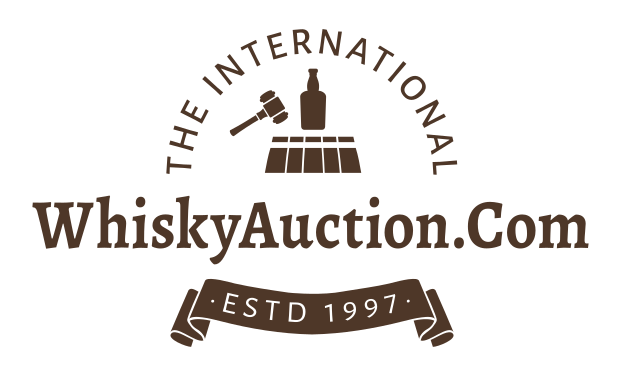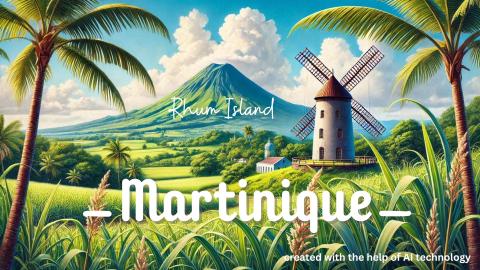Martinique, the ‘flower island’ of the Caribbean, has an eventful and fascinating history that is closely interwoven with the colonial era and sugar cane cultivation. Its discovery dates back to 15 June 1502, when Christopher Columbus reached the island on his fourth voyage to the New World. However, it was the French who made the island one of their colonies from 1635 under the leadership of Pierre Belain d'Esnambuc. Shortly afterwards, from 1640, the cultivation of sugar cane began, which soon became the economic basis of Martinique.
Image
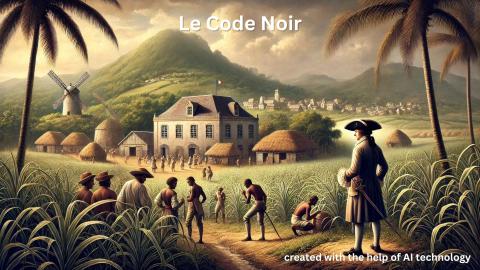
With the introduction of the Code Noir in 1685, a law that regulated slavery in the French colonies, the plantation system, which was based on the labour of African slaves, was consolidated. By 1783 there were already around 60,000 slaves living on the island, working on the sugar cane plantations. Père Labat, a French missionary and agronomist, also played an important role in the history of Martinique by bringing the windmills to the island, which revolutionised sugar cane cultivation.
Sugar cane cultivation led to the production of rum, but in the 18th century the import of rum to France was banned in order to protect French brandy. As a result, a large proportion of the molasses produced in Martinique was exported to New England, where it was processed into rum in the distilleries there. The introduction of sugar beet in Europe in the 19th century significantly reduced the demand for sugar from Martinique, which made sugar production unprofitable. Rum production, however, remained profitable. With the decreasing availability of molasses, many distilleries began to use sugar cane juice as a raw material. This step encouraged the spread of rhum agricole, but was not solely responsible for its creation. Today, rhum agricole is the island's flagship product.
Image
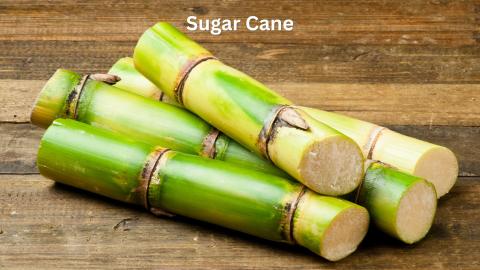
The island is also the home of Joséphine de Tascher de la Pagerie, who later became Empress of France as the wife of Napoleon Bonaparte. However, the social and economic order of Martinique remained characterised by slavery until 1848, when it was finally abolished.
Image
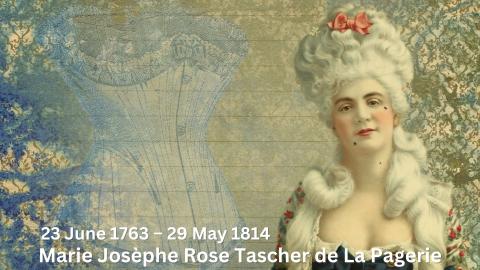
A dramatic event in the history of Martinique occurred on 8 May 1902 when the volcano Mount Pelée erupted and completely destroyed the town of Saint-Pierre, killing almost all of its inhabitants. Despite this catastrophe, the island recovered and was finally officially declared one of the French Overseas Departments in 1946, firmly integrating Martinique politically and culturally into the French Republic.
Against this historical backdrop, Martinique developed its very own rum tradition, which is still unrivalled in the world today. The Rhum Agricole in particular, which is made from fresh sugar cane juice, is a trademark of the island and differs from most other rums that are based on molasses. The unique flavour of rhum agricole and its history make Martinique a mecca for rum lovers.
Since 1996, Rhum Agricole from Martinique has enjoyed the status of an Appellation d'Origine Contrôlée (AOC), similar to French wines, cheese or cognac. This certification ensures that the rum is produced according to strictly defined rules that specify every step of the production process. From the type of sugar cane cultivation and harvesting to distillation and ageing in oak barrels - everything must comply with the AOC specifications. This ensures the authenticity and high quality of the rhum agricole, which is characterised by its fresh, intense aroma and the use of pure sugar cane juice. The AOC not only protects the island's traditions, but also secures Martinique's place as one of the leading producers of premium rum.
This post provides an initial insight into the fascinating connection between Martinique and its famous Rhum Agricole. But the history of rum on the island is even more extensive and exciting. In the following articles, we will delve deeper into the history of rum, shed light on the development of distilleries in Martinique and present some of the most important producers in detail. From the beginnings of rum production in colonial times to the modern production methods of today's distilleries, we will explore the complex world of rum in Martinique in depth. So stay tuned and learn more about the people, the places and the stories behind one of the best rums in the world.

